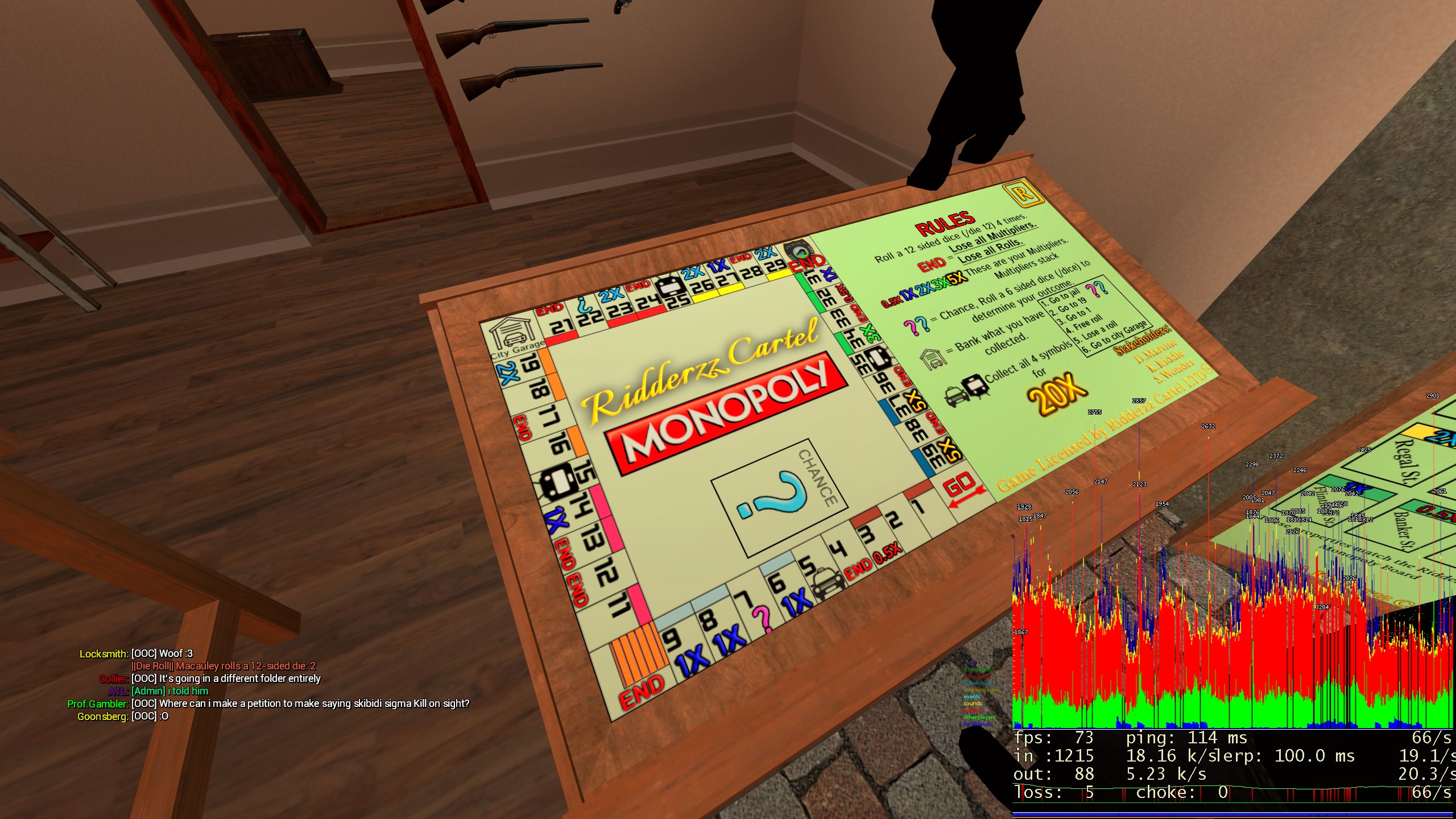- Staff
- #1
The Mathematics of Gambling
Greetings everypawdy, it's me, Willow Ratsworn, bringing you the low down on gambling from a mathematicians perspective. This post will be split into three parts, the theory, a theoretical example, and an applied example. The maths will be simple and easy to follow, as we will only be touching on one core concept.
Section 1: The Theory
In probability, there is a way to represent the average return of an action with an outcome based on pure chance. This is called the expected value, hereby denoted as E(V). This is basically the proportion of the initial investment that you can expect to receive when placing your money at a gambling table. Think of it as the average return, if you make a large number of bets and then calculate the average amount gained/lossed as a percentage of the original money staked, said percentage will converge to the expected value.
The expected value is calculated as follows:
E(V) = Σ (Probability of outcome) * (Value of outcome)
Σ is shorthand for "sum of", so you multiply each possible outcome with the probability of it occurring,, then you sum all of these together to find your expected value. An example will follow.
Section 2: A Theoretical Example
Consider the following gambling game, where a player rolls an unbiased six sided die, and gets the following returns based on the result:
Greetings everypawdy, it's me, Willow Ratsworn, bringing you the low down on gambling from a mathematicians perspective. This post will be split into three parts, the theory, a theoretical example, and an applied example. The maths will be simple and easy to follow, as we will only be touching on one core concept.
Section 1: The Theory
In probability, there is a way to represent the average return of an action with an outcome based on pure chance. This is called the expected value, hereby denoted as E(V). This is basically the proportion of the initial investment that you can expect to receive when placing your money at a gambling table. Think of it as the average return, if you make a large number of bets and then calculate the average amount gained/lossed as a percentage of the original money staked, said percentage will converge to the expected value.
The expected value is calculated as follows:
E(V) = Σ (Probability of outcome) * (Value of outcome)
Σ is shorthand for "sum of", so you multiply each possible outcome with the probability of it occurring,, then you sum all of these together to find your expected value. An example will follow.
Section 2: A Theoretical Example
Consider the following gambling game, where a player rolls an unbiased six sided die, and gets the following returns based on the result:
Roll | 1 | 2 | 3 | 4 | 5 | 6 |
Return | 0x | 0x | 0x | 1x | 1.5x | 2x |
A six sided die has equal probability of landing on each face, so the probability of each outcome is 1/6. We can, for our summation, ignore the outcomes that return nothing, since anything multiplied by 0 is also 0.
Thus, the expected value of this game can be found by the formula:
E(V) = (1/6) * (1) + (1/6) * (1.5) + (1/6) * (2) = 0.75
Say you placed a bet on this game of $1,000, then you will on average receive $750 back.
This brings us to an important concept. Imagine you play a game such as this an infinite number of times. As you repeatedly bet on the game, your average return will tend towards the expected value (this is a fact, just trust me on this because I can't be bothered to prove it,) and therefore your investments into the game will tend towards nothing. There is no such thing as "out lucking the odds," if you gamble on a game with an expected value less than one, you will lose money eventually.
Section 3 - An Applied Example

Consider this game, there are 25 different outcomes, since the roll is between 1 and 25. There are 20 "nothing" outcomes that we can ignore. Using the formula above, we calculate the expected value as:
E(V) = (1/25) * (2) + (1/25) * (3) + (1/25) * (5) + (1/25) * (3) + (1/25) * (2) = 0.6
So, this game has an expected return of 0.6. You can expect to get back 60% of what you gamble on this game.
Concluding remarks
I hope this post has given you some perspective on gambling, why it's mathematically a bit of a mugs game, they are designed to have an expected value less that one, and to in the long term make you lose money for the operators benefit.
Basically, gambling is cringe. Only idiots who don't understand maths do it. Ratqueen bless.
:3
Thus, the expected value of this game can be found by the formula:
E(V) = (1/6) * (1) + (1/6) * (1.5) + (1/6) * (2) = 0.75
Say you placed a bet on this game of $1,000, then you will on average receive $750 back.
This brings us to an important concept. Imagine you play a game such as this an infinite number of times. As you repeatedly bet on the game, your average return will tend towards the expected value (this is a fact, just trust me on this because I can't be bothered to prove it,) and therefore your investments into the game will tend towards nothing. There is no such thing as "out lucking the odds," if you gamble on a game with an expected value less than one, you will lose money eventually.
Section 3 - An Applied Example

Consider this game, there are 25 different outcomes, since the roll is between 1 and 25. There are 20 "nothing" outcomes that we can ignore. Using the formula above, we calculate the expected value as:
E(V) = (1/25) * (2) + (1/25) * (3) + (1/25) * (5) + (1/25) * (3) + (1/25) * (2) = 0.6
So, this game has an expected return of 0.6. You can expect to get back 60% of what you gamble on this game.
Concluding remarks
I hope this post has given you some perspective on gambling, why it's mathematically a bit of a mugs game, they are designed to have an expected value less that one, and to in the long term make you lose money for the operators benefit.
Basically, gambling is cringe. Only idiots who don't understand maths do it. Ratqueen bless.
:3









